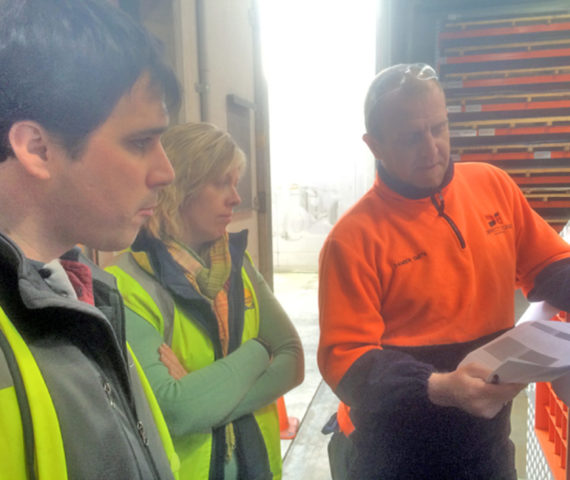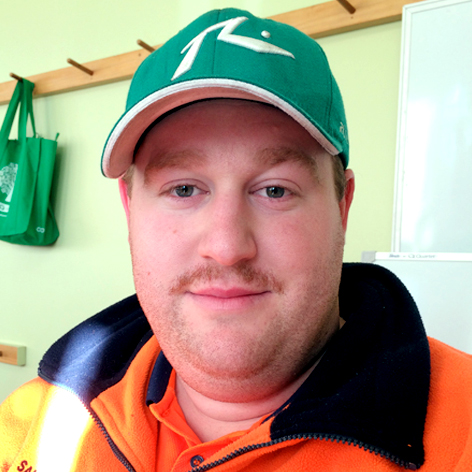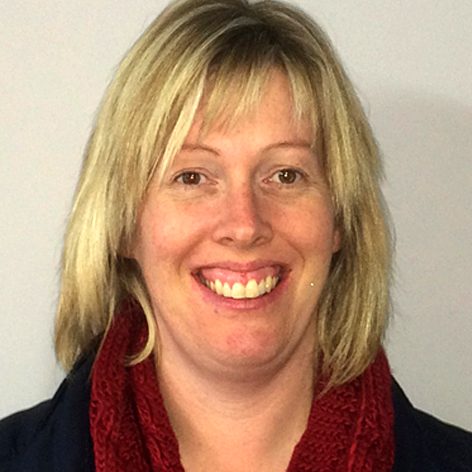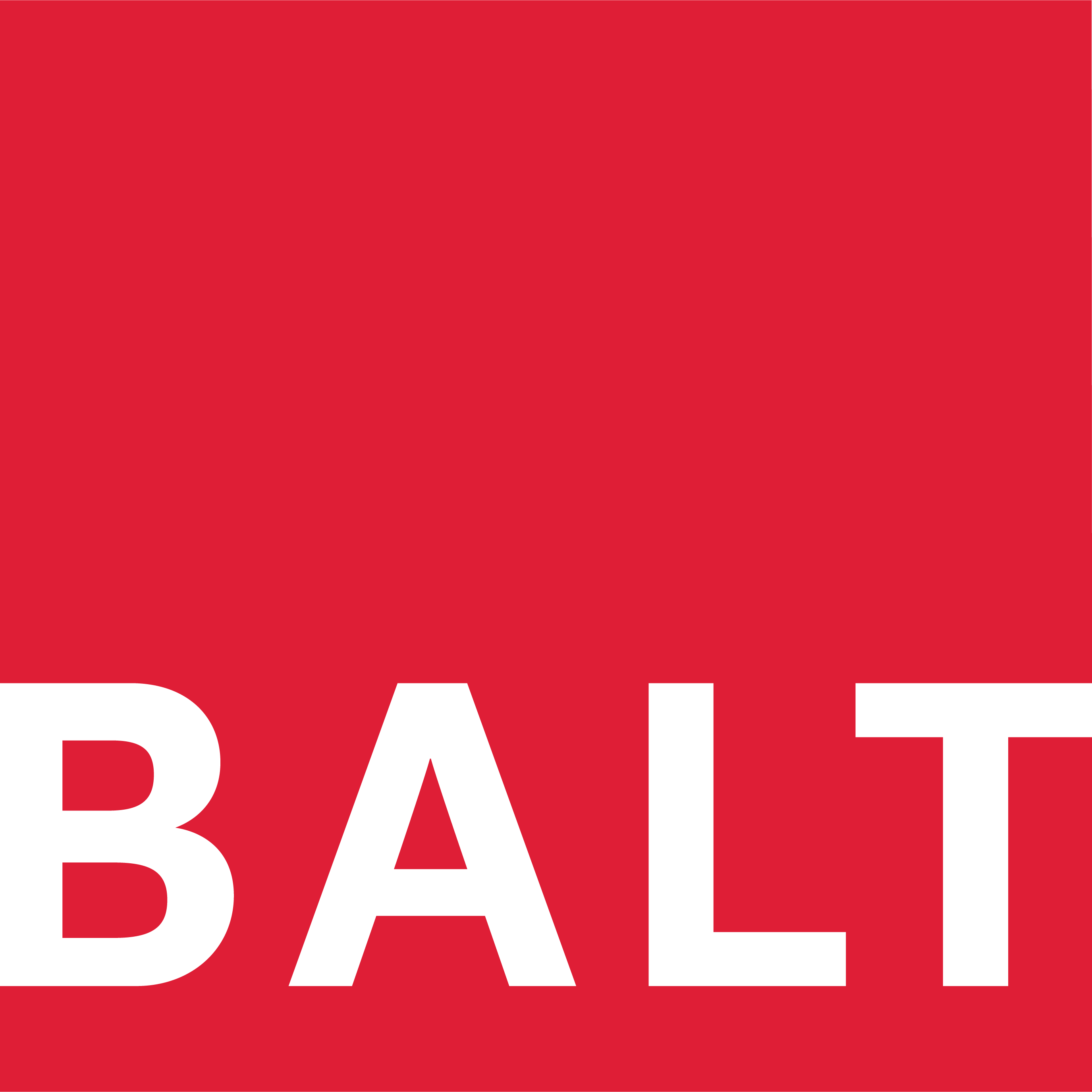
Lead time reduction
Project Objectives
-
Improve productivity and shorten cycle time from receipt of order to delivery to a customer
-
Reduce or eliminate rework, reduce scratches and damage and improve offcut management
Project Team

Damien Smith
Direct Edge Manufacturing

Matthew Saunders
Direct Edge Manufacturing

Lisa Hatten
Harvest Moon

Manuel Fillion
Petuna Seafoods
Facilitator

Bob Cother
The Action Learning Institute
Key measurables
-
Delivery in Full on Time (DIFOT)
-
Order cycle time
- Actual time vs budget time expressed as a percentage
Companies involved
-
Direct Edge Manufacturing (host)
-
Petuna Seafoods
-
Harvest Moon
Approach taken
- Senior Management briefing
- Walk through the process and storyboard of initial impression
- Value Stream Mapping and Spaghetti Diagrams
- Data collection and analysis
- Stakeholder interviews
- Exploration of relevant tools:
- Visual management
- Materials requirement planning
- Capacity requirements planning
- Root cause analysis
- Cause and Effect Analysis and issue identification
- Concept development, refinement and justification
- Prepare implementation plan
- Presentation to Senior Management
Summary of outcomes
- ‘Supermarkets’ established
- Heijunka box installed and implemented
- DIFOT trend has improved
- Rework has reduced
- Continuous Improvement ideas from communication boards are systematically processed
